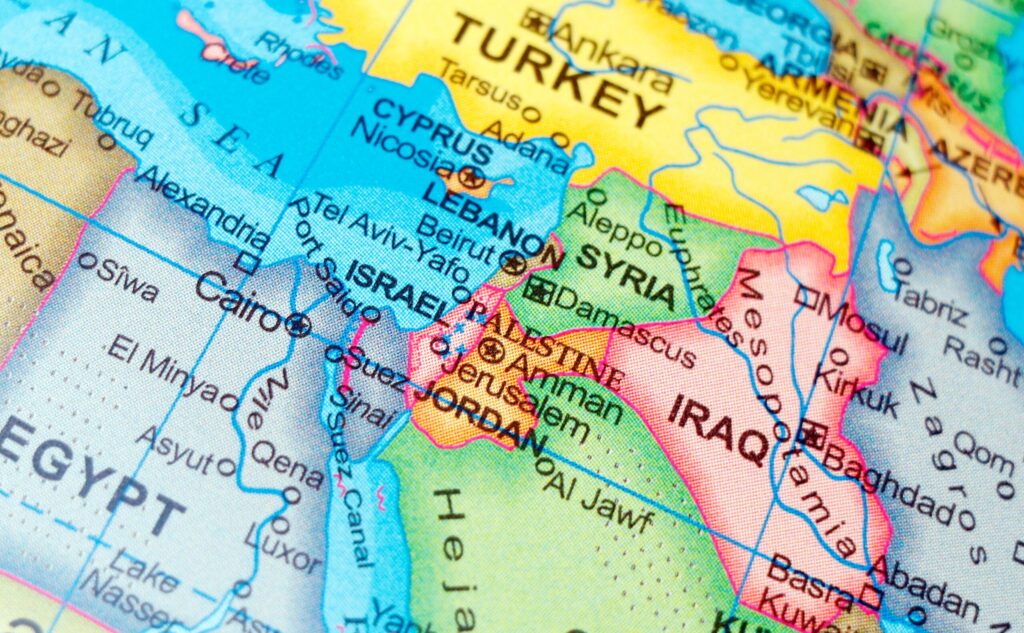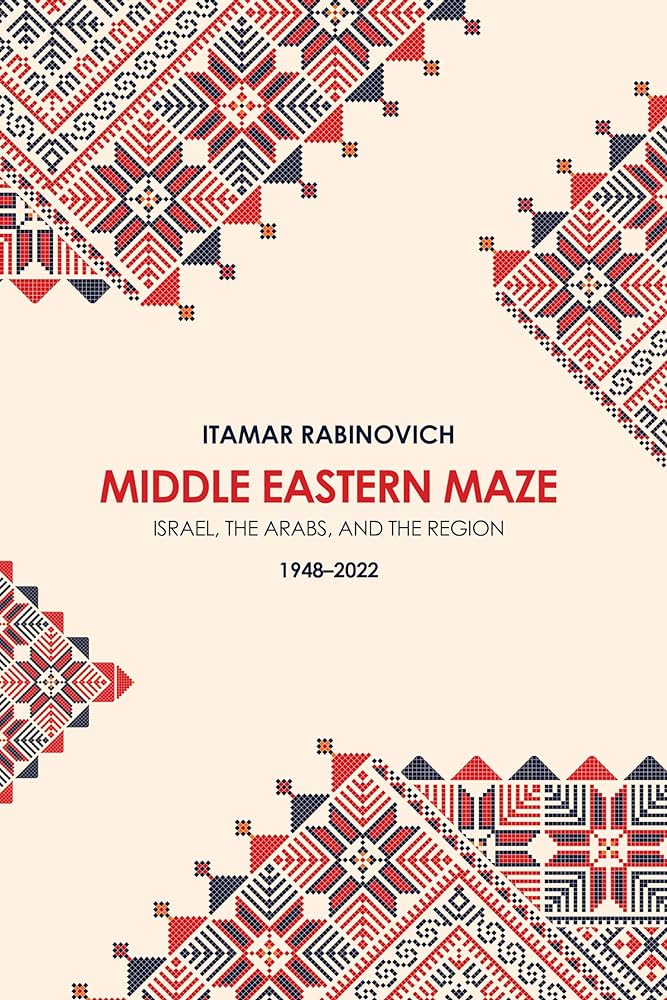Australia/Israel Review
Biblio File: Navigating the diplomatic labyrinth
Apr 26, 2024 | Robert O. Freedman

 Middle Eastern Maze: Israel, the Arabs, and the Region 1948-2022
Middle Eastern Maze: Israel, the Arabs, and the Region 1948-2022
by Itamar Rabinovich
Brookings Institution Press, 2023, 376 pp., A$64.98
This is a very rich book and well worth reading. It outlines the ups and downs of Israeli diplomacy with its Arab neighbours over the course of the past 70 years, with particular emphasis on Israeli-Syrian negotiations (in which the author took part) and on Israeli-Palestinian negotiations.
First, unlike other books dealing with the Arab-Israeli conflict, it emphasises the domestic political constraints on Israeli prime ministers, while not hesitating to point out the flaws in their policies. Second, while pointing out the mistakes made by both Syrian and Palestinian leaders, the book also helps the reader to understand the bargaining strategies these leaders used and the constraints, both domestic and international, they were operating under. Third, while it also discusses the role of American administrations in promoting peacemaking efforts in the Middle East, the book very much subordinates that role to the motivations and actions of the Middle Eastern leaders themselves.
A final strength of the book is Chapter Ten, “The Web of Relationships” in which the author presents an encapsulated but very solid view of Israel’s relations with Turkey, Iran, Egypt, Syria, Lebanon, Jordan, the Palestinians, the Israeli Arabs, and Iraq from 1948 to 2022.
As a participant-observer in Israel’s negotiations with Syria when he was Israel’s ambassador to the United States under Prime Minister Yitzhak Rabin, Rabinovich goes into detail on the “hypothetical” agreement Rabin had suggested to Syrian leader Hafez Assad. Under this hypothetical, Rabin asked if Israel’s own demands were met – primarily security, but also normalisation on the Egyptian model – and a five-year period of implementation, would Assad be willing to make peace with Israel if Israel withdrew from the Golan Heights (p.35).
Assad’s reply was not what Rabin was looking for, as the Syrian leader demanded a six-month implementation period, opposed the term “normalisation” and demanded security for both sides “on an equal footing.” While Rabin’s negotiations with Assad did not meet with success (although, as Rabinovich notes, Assad pocketed Rabin’s “hypothetical” as an Israeli commitment to withdraw from the Golan), subsequent Israeli leaders, including PM Netanyahu, also tried to reach an agreement with Syria, their rationale being that it was easier to make peace with Syria than it was with the Palestinians with whom, especially after the outbreak of the Second Intifada in 2000, their conflict was existential.
As far as the Palestinian-Israeli peace talks were concerned, Rabinovich gives an exhaustive evaluation of the 2000 Camp David II talks between Arafat and Israeli Prime Minister Ehud Barak and argues, citing Henry Kissinger, that the reason for the failure of the talks was the fact that the goals of the two sides were incompatible. Israel wanted a genuine peace that meant the end of conflict, but Arafat’s bottom line was that he could not accept Israel’s existence.
Mahmoud Abbas’ rejection of the very generous peace offer made by Israeli Prime Minister Ehud Olmert in 2008, which included an end to the conflict, and the Palestinian leader’s refusal to respond to US Secretary of State John Kerry’s peace plan in 2014, would appear to support Kissinger’s theory. Rabinovich also argues that the fact that Hafez Assad had rebuffed President Bill Clinton’s gambit in March 2000 on a Syrian-Israeli peace agreement, and had done so with impunity, was not lost on Arafat, and emboldened him to do the same thing at Camp David II.
Rabinovich could have been a bit more critical of both US and Israeli beliefs that Hafez and Bashar Assad, in return for the Golan, could be pried away from their alliance with Iran and Hezbollah. This was a long-lasting alliance going back to 1982, and one on which they depended for security.
Minor disagreements aside, I would strongly recommend this book. At a time when there has been a lot of ahistorical nonsense on college campuses since the outbreak of the Israel-Hamas war, this book should serve as a useful source for those who wish to genuinely understand the history of the Arab-Israeli conflict as it has developed since 1948.
Dr Robert O. Freedman is an Adjunct Professor in Political Science at Johns Hopkins University. © Middle East Quarterly (www.meforum.org/middle-east-quarterly), reprinted by permission, all rights reserved.
Tags: Israel, Middle East, Palestinians






